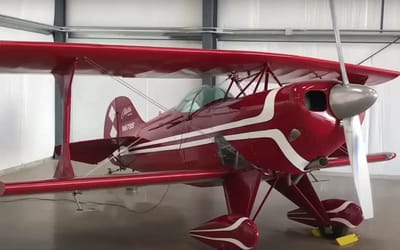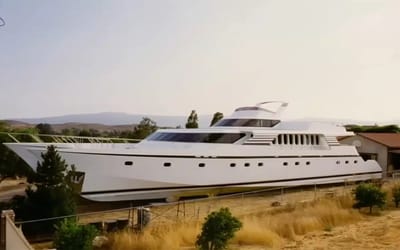The Plymouth Superbird was too fast for its own good and ended up being disqualified from NASCAR
- The Plymouth Superbird ‘aero-car’ first dropped in 1970
- However, while it was winning races, there was a problem
- In fact, NASCAR was forced to ban it
Published on Sep 04, 2024 at 6:40 PM (UTC+4)
by Amelia Jean Hershman-Jones
Last updated on Sep 05, 2024 at 8:45 PM (UTC+4)
Edited by
Tom Wood
When the Plymouth Superbird ‘aero-car’ first drove onto the track in 1970, hoping to rev NASCAR into a new era, things didn’t go smoothly.
Aerodynamics is integral to the world of motorsport and NASCAR today, but it was a new concept in the late sixties and early seventies.
The Plymouth Superbird and other aero-cars, including the Dodge Charger Daytona, ended up being too fast for the US auto-racing body to handle.
In fact – they were banned by NASCAR entirely.
DISCOVER SBX CARS: The global premium car auction platform powered by Supercar Blondie
Plymouth Superbird vs Dodge Charger Daytona
Despite Chrysler’s Hemi engine being more powerful, Ford was cleaning up at NASCAR when the Superbird and Daytona sped onto the scene.
The aerodynamics of the original Dodge Charger were so-so until a former engineer on the Mercury Redstone project created its sloping nosecone with a rear wing, balancing the downforce.
So the Dodge Charger Daytona was born, ultimately winning and finishing third in its debut race in 1969.
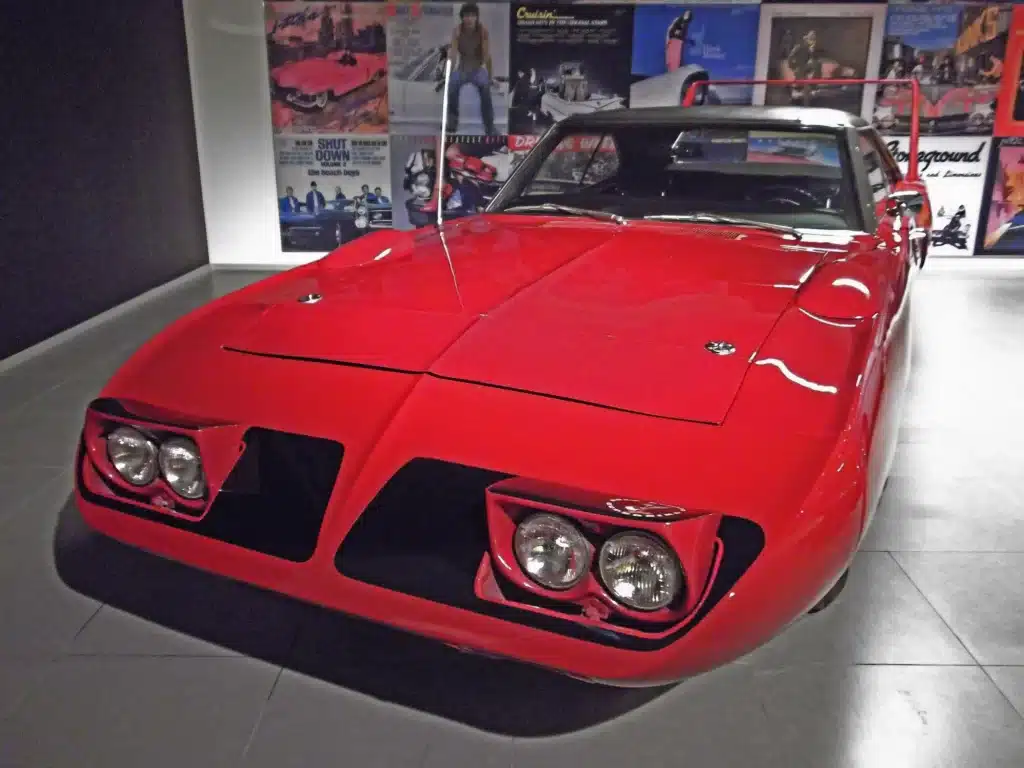
After that, Plymouth wanted a taste of victory, too.
So, the company refined the nosecone and body design even further.
The result was an even more aerodynamic car than its predecessor, with a rear wing so high that it completely cleared the height of the roof.
The result was an update on the existing Roadrunner, named the Superbird.
While it was 4.8km/h (3mph) slower than the Daytona, it generated more downforce than its rival with a sleeker body and a 433hp HEMI V8 engine.
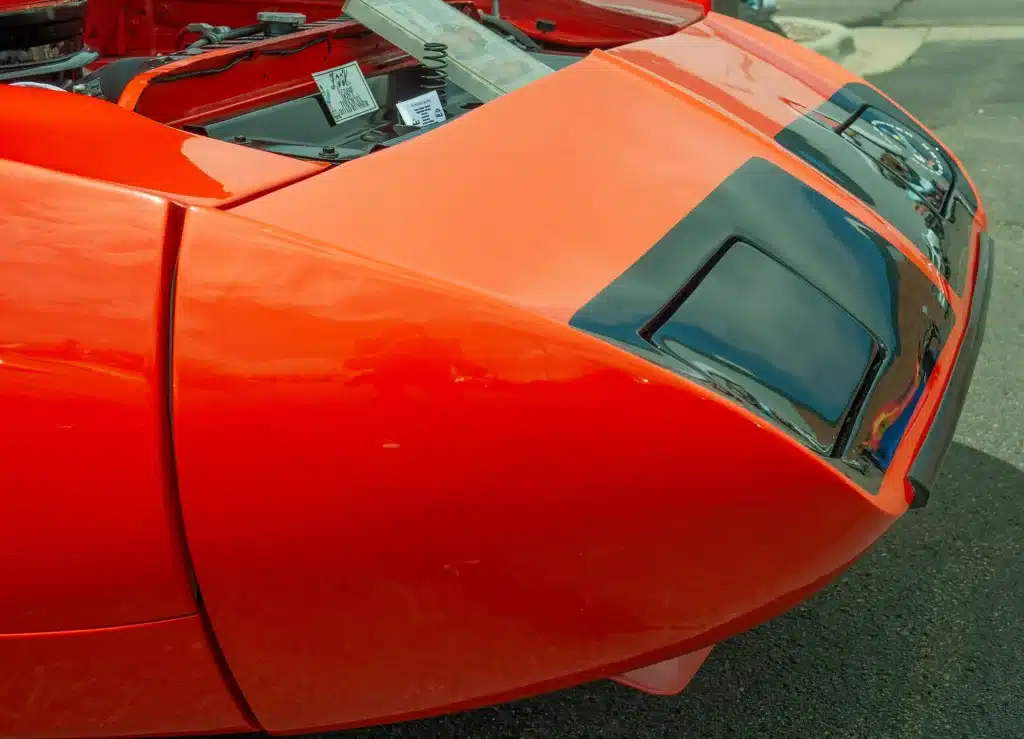
The Superbird would become the most famous in NASCAR with Richard Petty behind the wheel.
While ultimately missing out on the title, across the 1970 season Petty would win eight races.
The Petty Blue would ultimately be immortalized in the Disney Pixar movie, Cars as Strip ‘The King’ Weathers.
The end of the aero-car in NASCAR
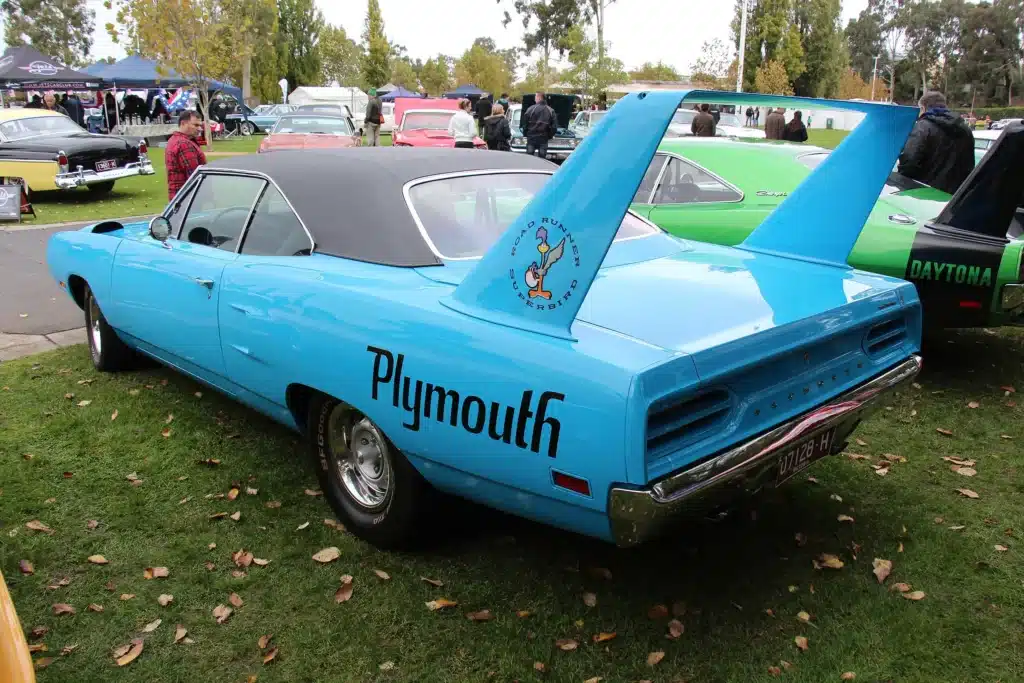
NASCAR was worried as motorsport safety hadn’t had time to catch up to the speeds of the Superbird and Daytona.
The tires and brakes were suffering at those speed extremes.
It stepped in to prevent what they believed would be a major catastrophe.
They introduced new rules to limit car performance.
Reducing engine displacement to 350ci.
Anything larger would need additional weight to offset it – rendering cars uncompetitive.
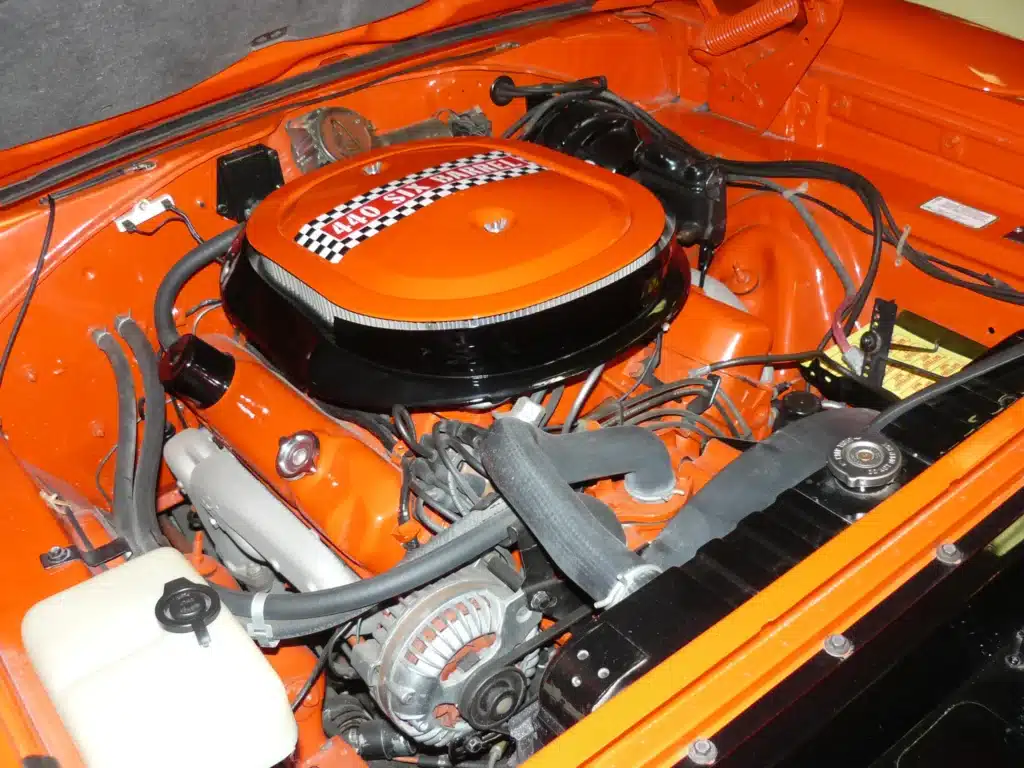
The Plymouth Superbird and Dodge Charger Daytona simply no longer met the criteria.
As well as limiting it in the world of NASCAR, it’s thought its sleek styling was one of the reasons the Plymouth Superbird wasn’t a huge commercial success.
Only 1,935 examples of the Superbird were sold, making it one of the rarest muscle cars in the world.
Models featuring the NASCAR 426 Hemi V8 were even rarer, with only 135 examples and one heck of noise coming from under the hood.
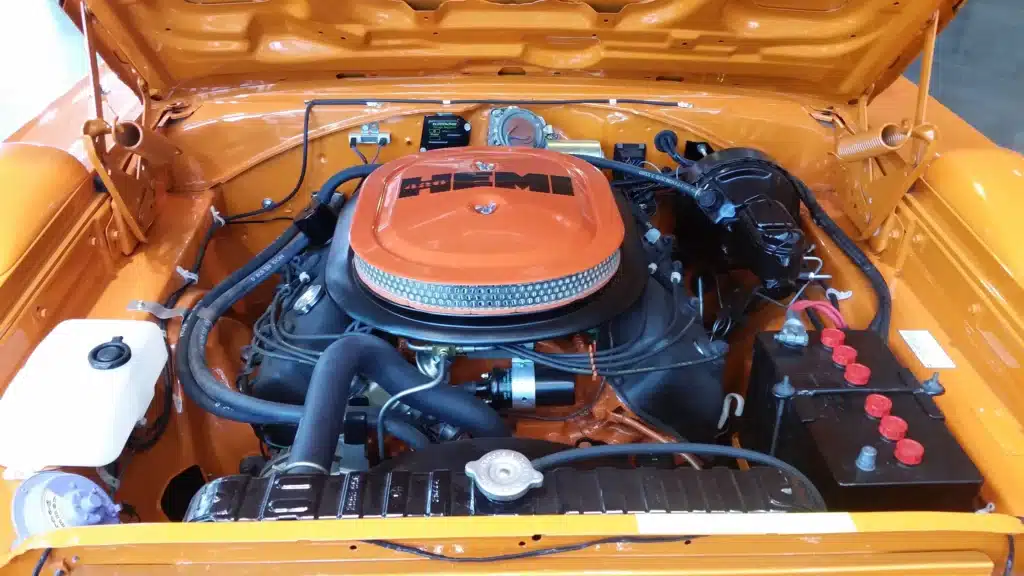
Plymouth Superbirds are now hugely collectible and can be sold for amounts nearing $1.65 million.
Today, the Dodge Charger EV has a special feature to convince purist fans to try it.
While boasting an electric engine capable of producing 355 horsepower, it will sound like its forebears.
In fact, it’s considered the world’s first electric muscle car.
All Supercar Blondie contributors undergo editorial review and fact-checking to ensure accuracy and authority in automotive journalism. After gaining her BA Hons in French and English at the University of Nottingham, Amelia embarked on a vocational diploma from the National Council for the Training of Journalists (NCTJ). This led to numerous opportunities, from interning at Vogue to being on the small team that launched Women’s Health magazine in the UK, which was named the PPA Consumer magazine of the year for three years running. As Health, Beauty and Fitness editor, Amelia personally received a Johnson & Johnson Award and was shortlisted for both PPA and BSME titles. Since then, Amelia has created content for numerous titles and brands, including the Telegraph, 111 Skin, Waitrose, Red magazine, Stylist, and Elle, as well as being Head of Content at Vitality and Editor in Chief at INLondon magazine. “My superpower is translating technical jargon about the mechanical workings of a supercar into a relatable story you’ll want to share with your friends after you’ve read it.” After joining the SB Media family as a senior journalist in September of 2023, Amelia’s role has evolved to see her heading up the SEO output of the editorial team. From researching the most ‘Google-able’ key terms to producing evergreen content - it’s been a time of hard work, growth, and success for the editorial team and the Supercar Blondie website. “I like to think of myself as a ‘method journalist’. In other words: I live and breathe whatever I am writing about. When writing about fitness, I trained as a personal trainer, and as a beauty editor, I completed an ‘expert’ in scent diploma with the Fragrance Foundation. “During my tenure at Supercar Blondie, however, I did something I never thought possible: I passed my driving test at the age of 36. One day I’d love to train as a mechanic to better understand what happens under the hood, too. “My sweet spot is providing readers with a ‘takeaway’ (read: something new they didn’t know before) after reading every one of my stories. While I don’t claim to be an expert in the automotive world, I know the experts and bodies in the field to rely on to provide our readers with an informative and thought-provoking story every time they visit the site.”



